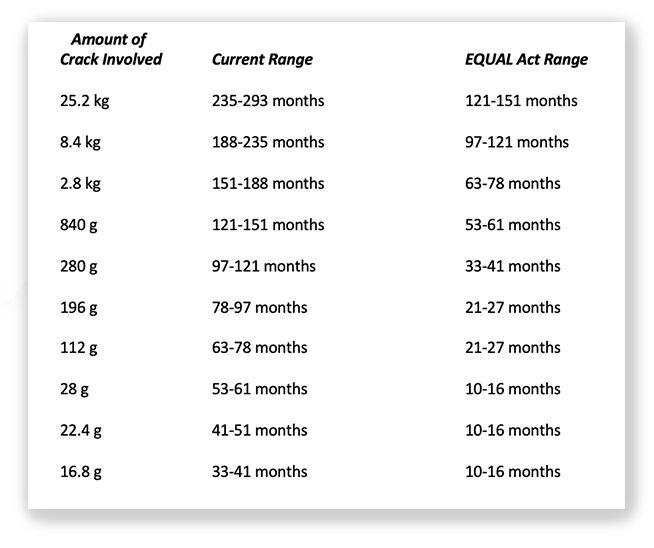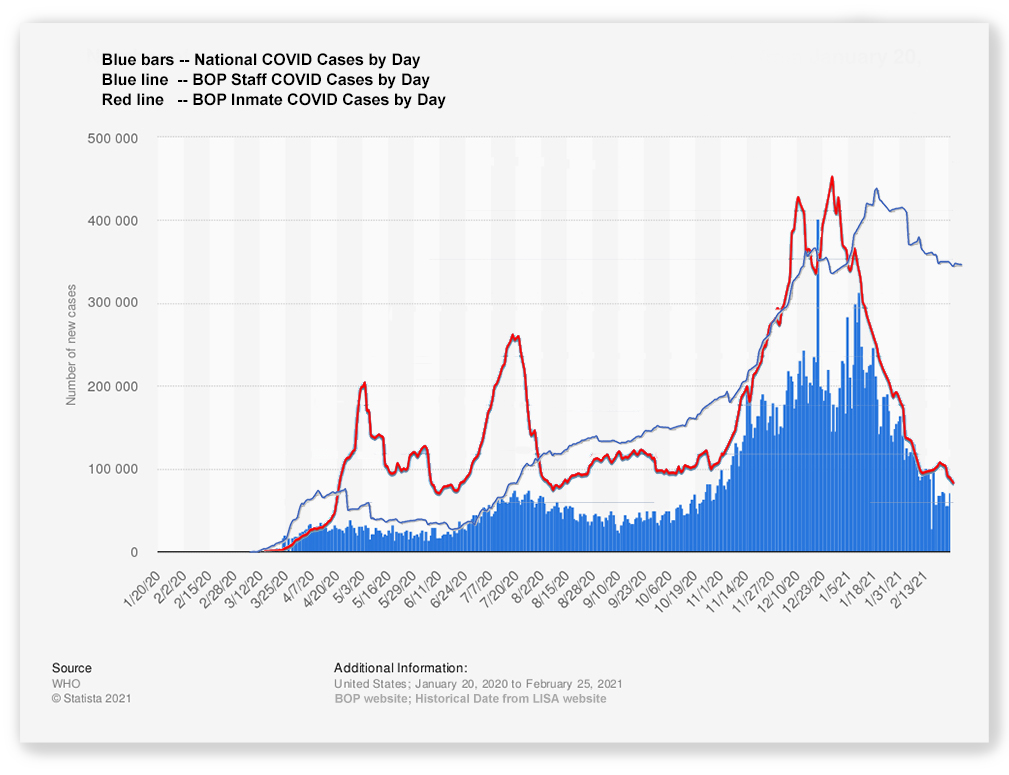We post news and comment on federal criminal justice issues, focused primarily on trial and post-conviction matters, legislative initiatives, and sentencing issues.

HOW’S THAT 65% BILL DOING?
After answering yet another email about the mythical 65% bill – legislation that purportedly would reduce everyone’s sentence to 65% of what the court imposed – I thought I would lead with this sad news:
There is no Santa Claus. There is no Easter Bunny. And there is no 65% Bill.
 While Congresswoman Sheila Jackson Lee (D-Texas) has introduced such a bill in a number of previous sessions of Congress since 2001, there is no such bill in the hopper now. When she did introduce it, the bill never even got a committee hearing. If it did exist, it wouldn’t get one now. A 65% bill would stand a chance of passage approaching zero.
While Congresswoman Sheila Jackson Lee (D-Texas) has introduced such a bill in a number of previous sessions of Congress since 2001, there is no such bill in the hopper now. When she did introduce it, the bill never even got a committee hearing. If it did exist, it wouldn’t get one now. A 65% bill would stand a chance of passage approaching zero.
In sum, the so-called 65% bill is like a pink unicorn: fun to imagine, but not real. And neither is the rumor that everyone will get a sentence cut because of COVID.
So what is real? First, a letter sent last week by 25 state attorneys general to House and Senate leadership, urging an expansion of Section 404 of the First Step Act to include people sentenced under 21 USC § 841(b)(1)(C). You recall that in Terry v. United States last June, the Supreme Court held that Section 404 did not qualify pre-2010 crack sentences for sentence reduction. The state attorneys general want legislation to change that.
Second, a lot of criticism of the President over the CARES Act. Writing in the Washington Examiner last week, Matt Schlapp – chairman of the American Conservative Union – argued that Congress should act to ensure that CARES Act home confinees stay at home after the pandemic ends. He wrote, “As a former influential senator and Judiciary Committee chairman, President Joe Biden is at least partially responsible for the explosive growth of our federal prison population. His legislative record is riddled with bills he supported, and sometimes wrote, that filled BOP cells and encouraged states to do the same. Indeed, there are thousands of Americans still serving draconian sentences authorized by some of then-Sen. Biden’s bills.”
 Meanwhile, a piece in the Deseret News made the conservative argument for the EQUAL Act, which would retroactively make crack cocaine sentencing levels equal to those of powder cocaine: The EQUAL Act already passed through the U.S. House Judiciary Committee with a vote of 36-5, garnering support from both sides of the aisle. It faces another battle to pass through the rest of Congress, and Utah’s delegation should be there to vote in support. The debate over crack versus powder cocaine has no basis in science, in rationality, or in ethics. Because of this, many individuals have been needlessly imprisoned for far too long in comparison to the crime committed. Congress should pass the EQUAL Act to ensure these penalties are equalized and fairness is restored to criminal sentencing.”C
Meanwhile, a piece in the Deseret News made the conservative argument for the EQUAL Act, which would retroactively make crack cocaine sentencing levels equal to those of powder cocaine: The EQUAL Act already passed through the U.S. House Judiciary Committee with a vote of 36-5, garnering support from both sides of the aisle. It faces another battle to pass through the rest of Congress, and Utah’s delegation should be there to vote in support. The debate over crack versus powder cocaine has no basis in science, in rationality, or in ethics. Because of this, many individuals have been needlessly imprisoned for far too long in comparison to the crime committed. Congress should pass the EQUAL Act to ensure these penalties are equalized and fairness is restored to criminal sentencing.”C
So when will Congress get to any criminal justice reform measures? No one knows. Only a few bills have been voted out of committee in the Senate – the COVID-19 Safer Detention Act, the First Step Implementation Act of 2021, and the Prohibiting Punishment of Acquitted Conduct Act. In the House, the EQUAL Act is the only criminal justice bill voted out of committee. No floor votes have been scheduled for any bills. With infrastructure and the $3.5 trillion spending bills taking center stage in Congress, it is unlikely that criminal justice reform will get any attention until next year.
Letter to Sens Charles Schumer and Mitch McConnell (September 2, 2021)
Washington Examiner, Biden promised to address over-incarceration. He’s blowing his opportunity (September 8, 2021)
Deseret News, Conservatives should support sentencing reform for crack cocaine (September 8, 2021)
– Thomas L. Root

























